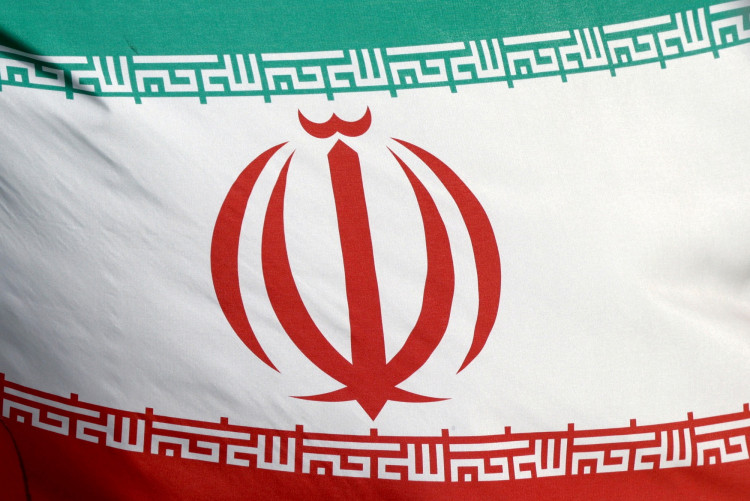The beginning of 2024 has seen a strategic maneuver that has sent ripples through international waters and global markets alike. The Iranian Navy's destroyer "IRIS Alvand" has traversed the critical Strait of Mandeb, marking its entry into the geopolitically sensitive Red Sea. This move has sparked widespread concern over potential escalations in regional conflict and its subsequent impact on the international oil market.
The "IRIS Alvand," part of Iran's 94th flotilla, is one of several vessels overseen by the Iranian Navy's oceanic commands, responsible for operations spanning from the Indian Ocean to the Atlantic. Iran's official Tasnim News Agency has described the deployment as part of "routine tasks," though the specific details and objectives remain undisclosed. This lack of transparency, coupled with Iran's close ties with Yemen's Houthi rebels, has heightened international anxiety over the potential for increased hostilities in the Middle East.
Neil Beveridge, a senior energy analyst at Bernstein, articulated the precarious balance between routine naval operations and the potential for conflict escalation. He noted that if the Iranian Navy's activities do not assist the Houthis in escalating the situation, significant shifts in international oil prices are unlikely. However, an expanded regional conflict could lead to the closure of vital maritime routes such as the Red Sea and the Strait of Hormuz, forcing oil tankers to navigate costlier alternative paths.
The strategic importance of these waterways cannot be overstated. The Iranian-controlled Strait of Hormuz and the northern end of Egypt's Suez Canal are pivotal chokepoints for global oil and gas transportation. A report from Goldman Sachs last December warned that any conflict spillover causing the closure of these routes could halt a substantial amount of oil production, potentially leading to a 20% price increase in oil during the initial month of the disruption.
The geopolitical intricacies of the region have been further complicated by recent diplomatic and military developments. Iran's Foreign Minister Hossein Amir-Abdollahian met with Houthi spokesman Mohammed Abdul-Salam in Tehran, expressing support for the group. Meanwhile, Abdul-Salam's visit aimed to discuss regional security issues with Ali Akbar Ahmadian, secretary of Iran's Supreme National Security Council, with both Iranian officials praising the Houthis' support for Hamas.
The Houthis have issued stern warnings to international players, particularly targeting the Netherlands over its potential involvement in the U.S. Red Sea escort operation. They have condemned Israel's military actions in Gaza and threatened retaliatory measures against U.S. and international vessels if attacks on their facilities continue.
As the Iranian warship's presence in the Red Sea coincides with these escalating tensions, the U.S. Navy's "Guardians of Prosperity" operation has been vigilant in safeguarding commercial vessels. Despite their efforts, the "Maersk Hangzhou" narrowly evaded a Houthi hijacking attempt, leading to a U.S. Navy response that resulted in the sinking of three enemy vessels.
This intricate web of military maneuvers, diplomatic exchanges, and strategic chokepoints underscores the delicate balance of power in the region and its far-reaching implications. As the world watches, the situation in the Red Sea not only holds the potential to reshape regional dynamics but also to significantly impact the global economy, particularly the oil market. With each move on this geopolitical chessboard, the stakes for regional stability and international market equilibrium continue to escalate.






